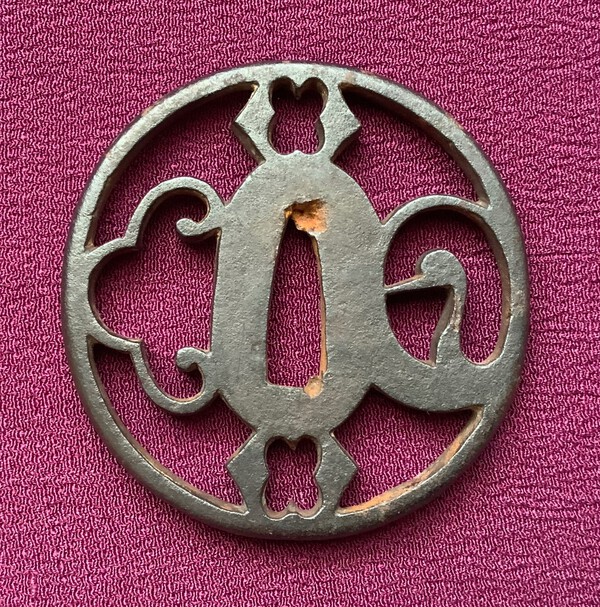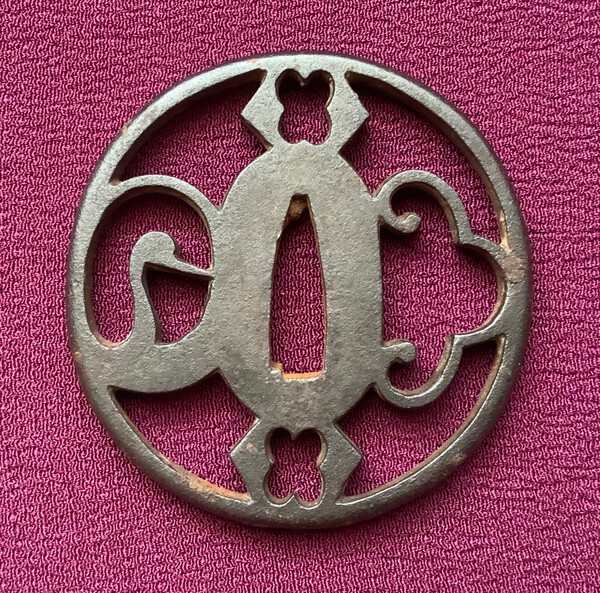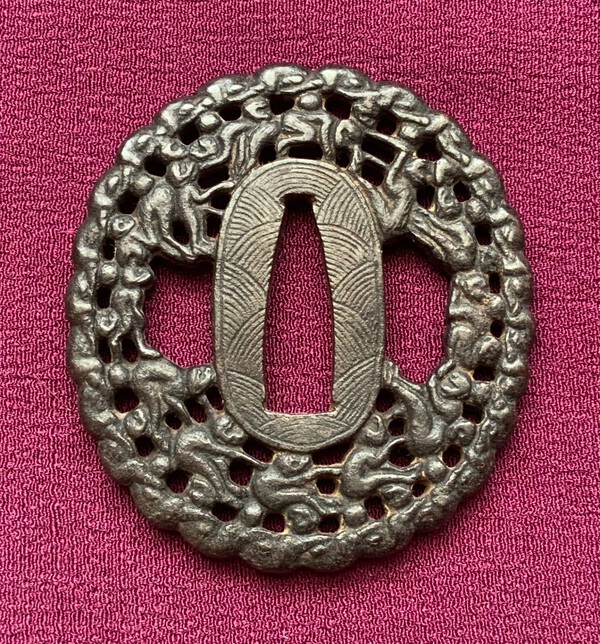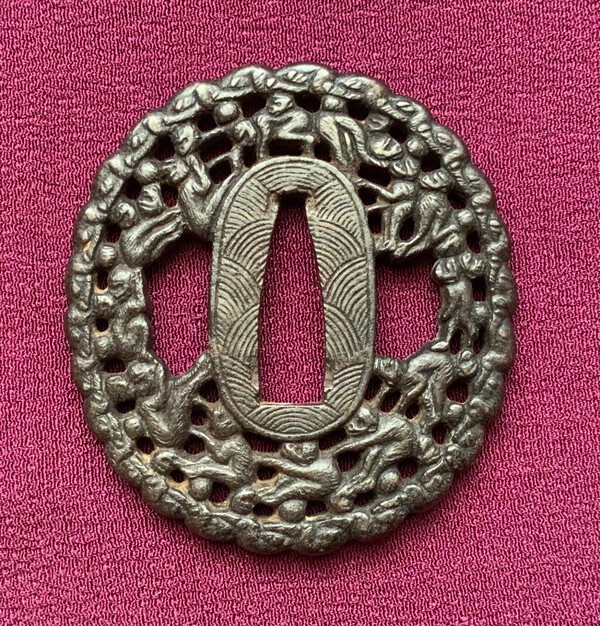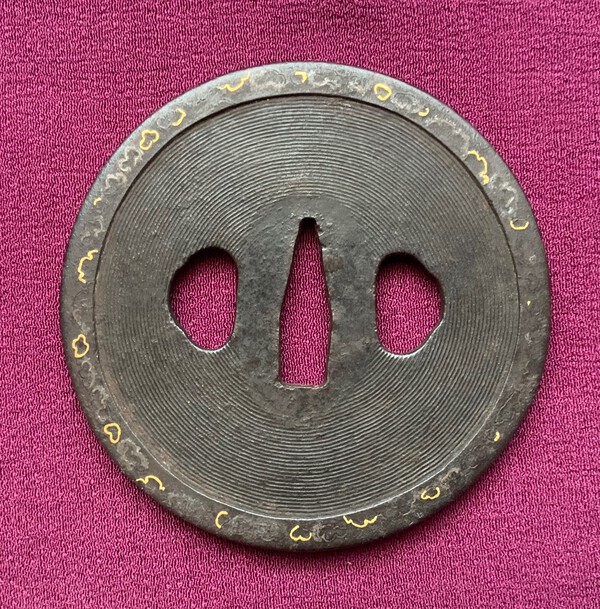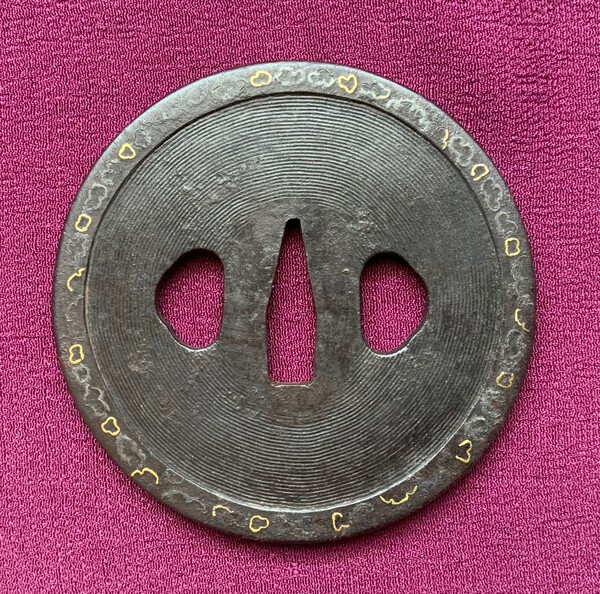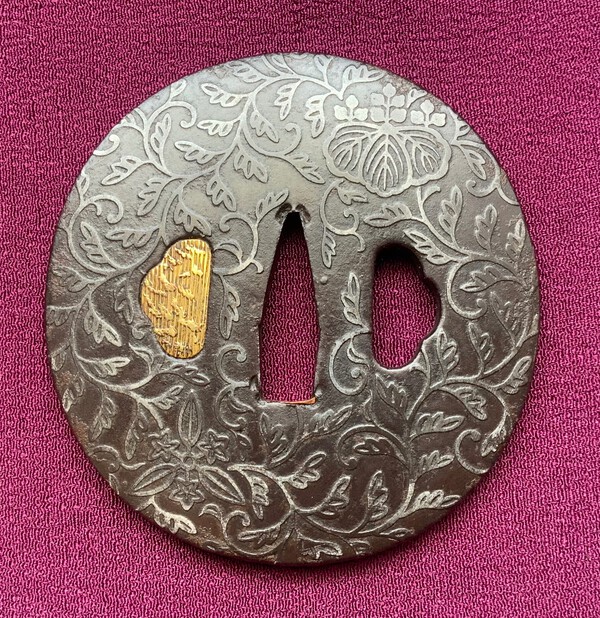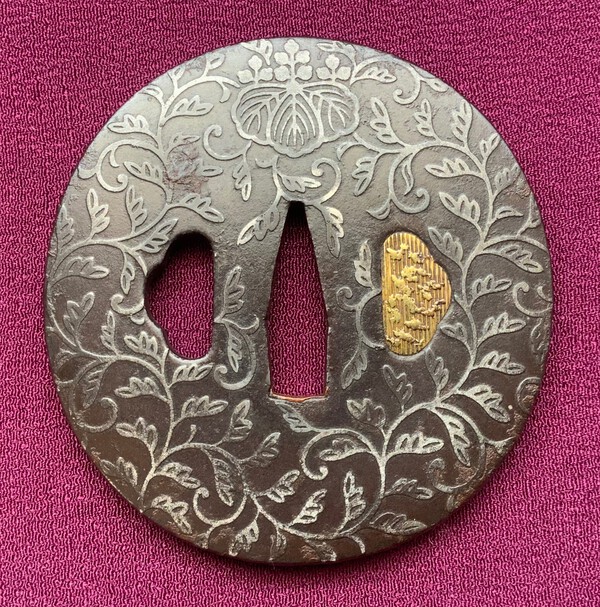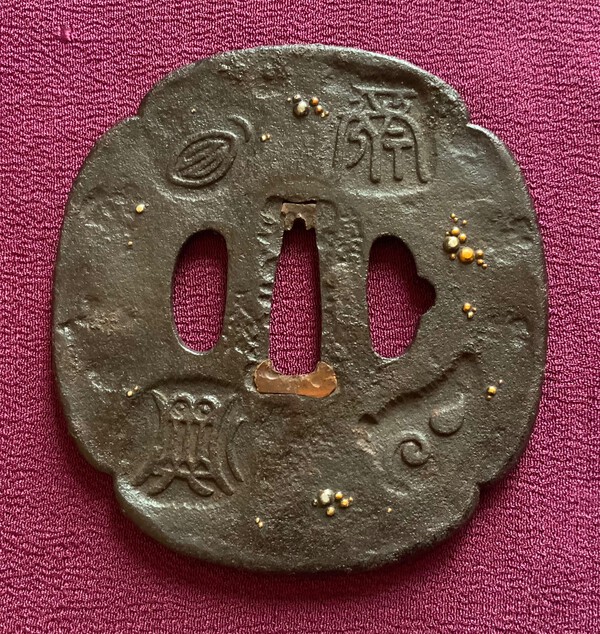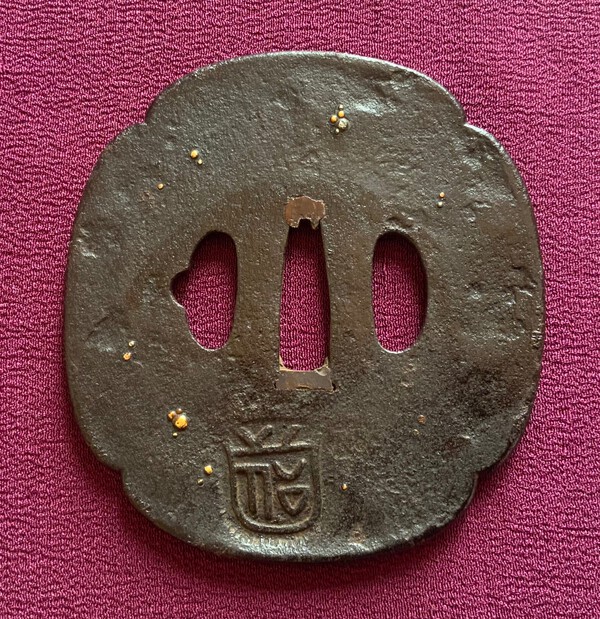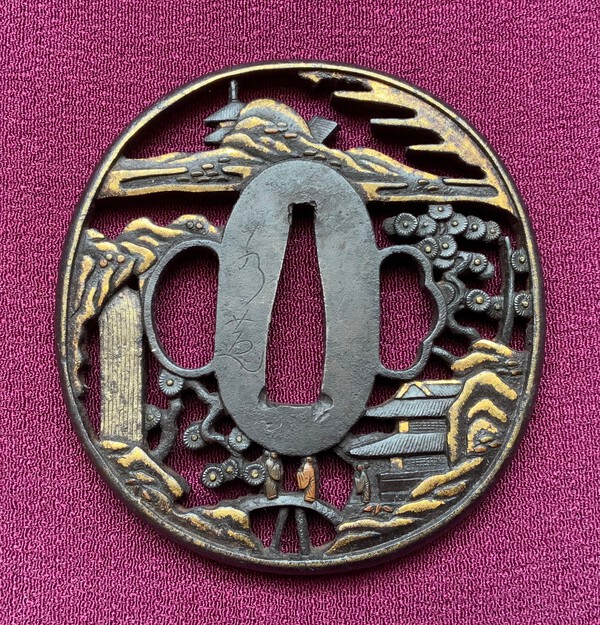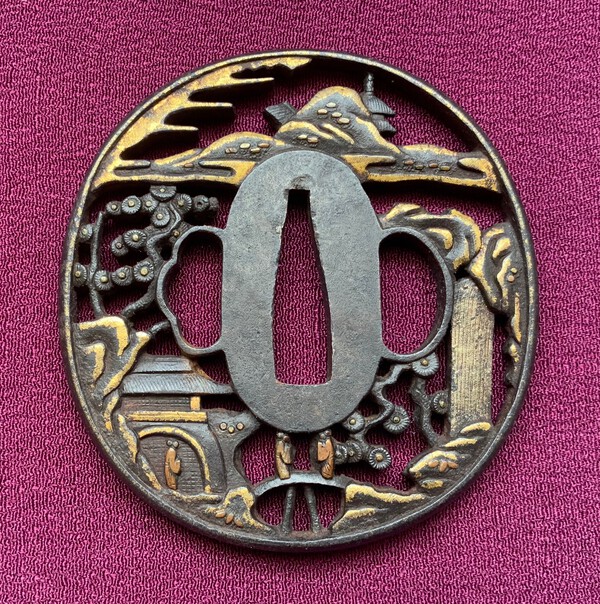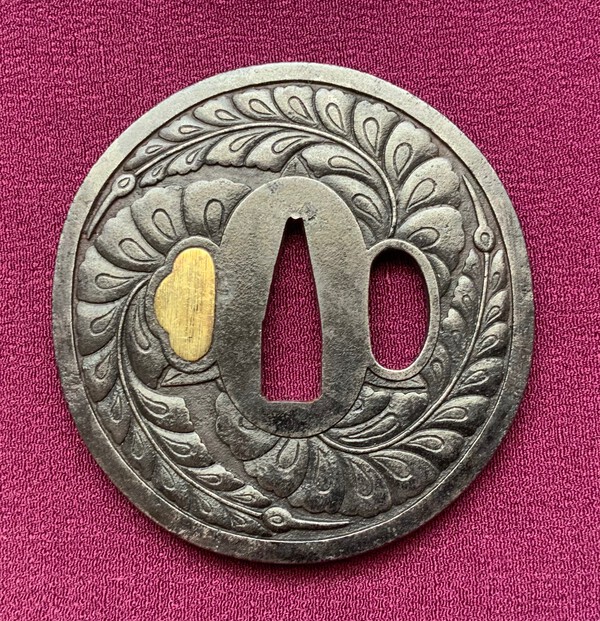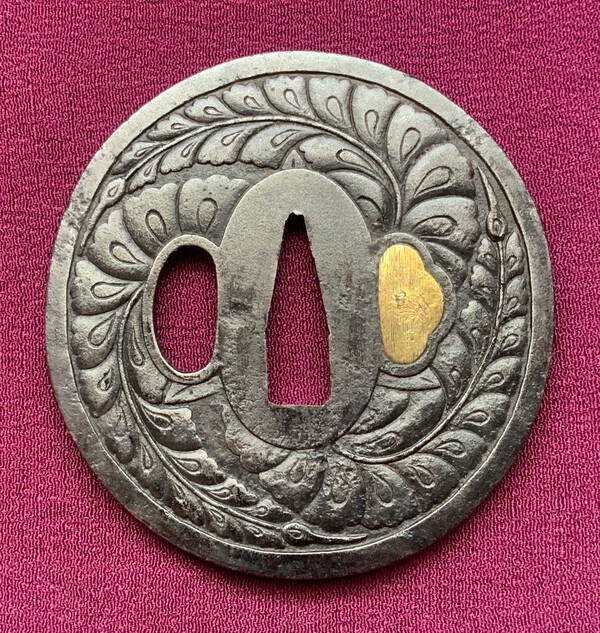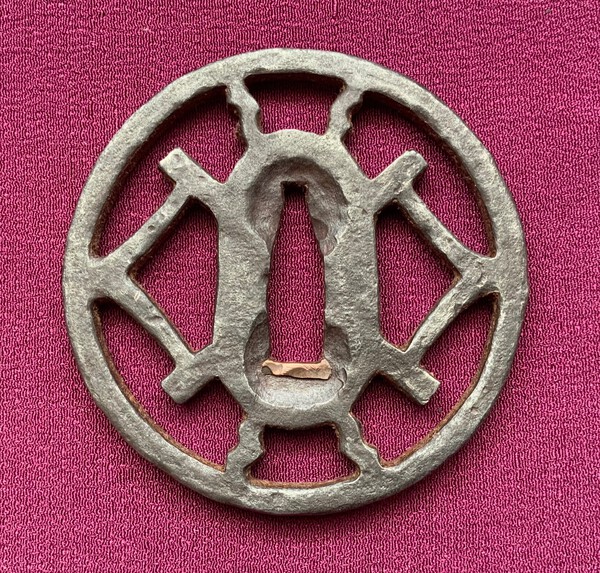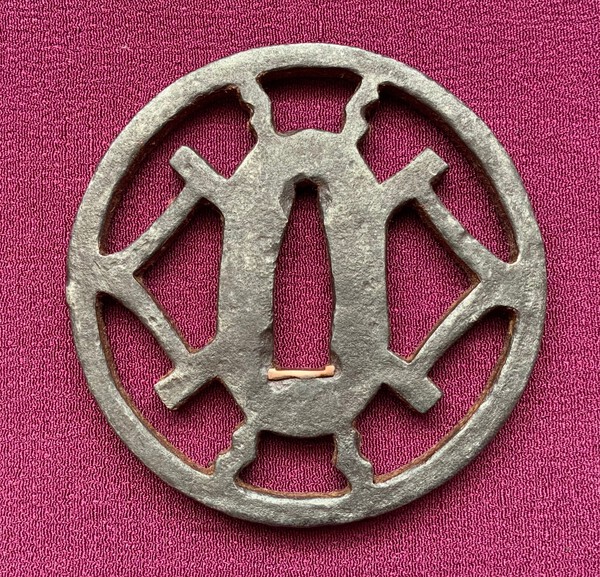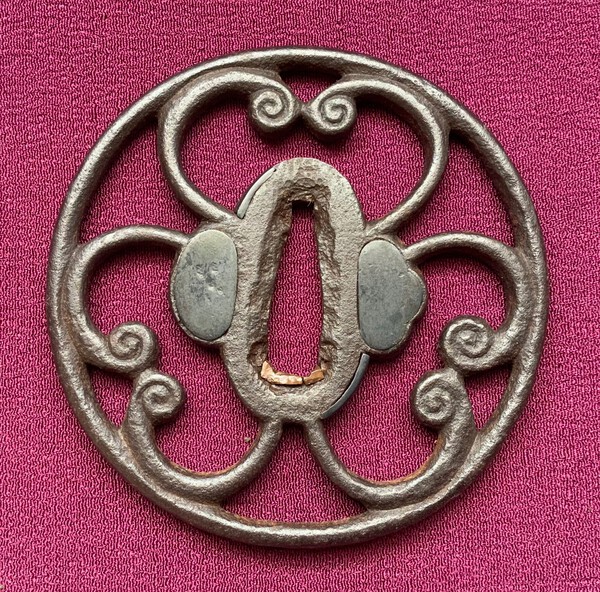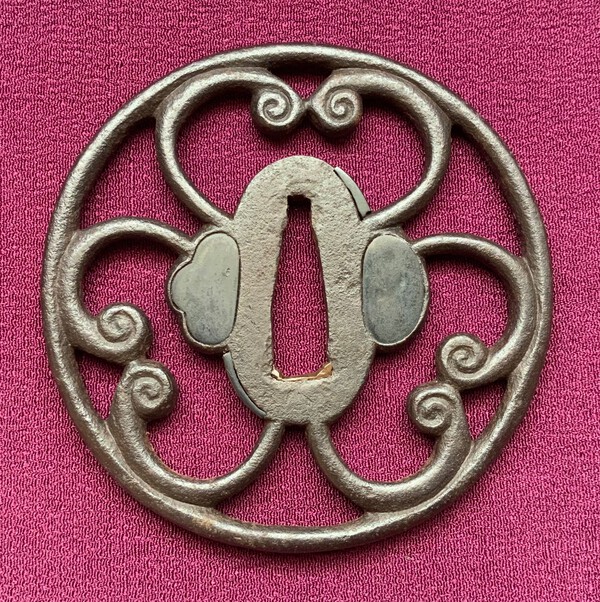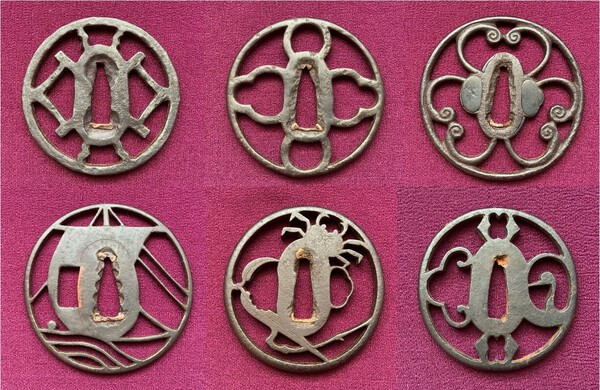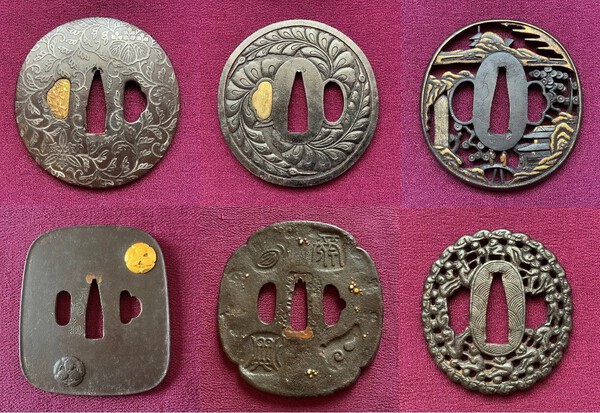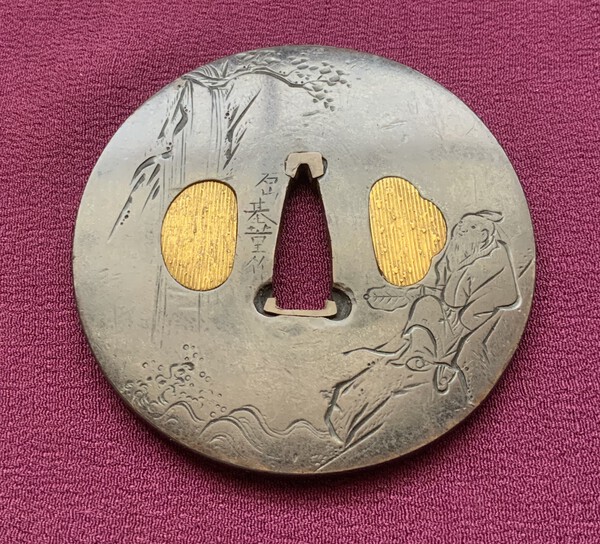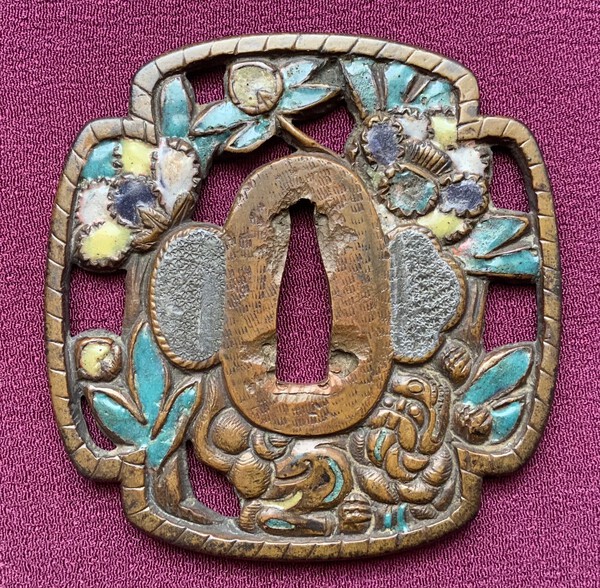-
Posts
639 -
Joined
-
Last visited
-
Days Won
3
Content Type
Profiles
Forums
Events
Store
Downloads
Gallery
Everything posted by kyushukairu
-
Thanks Pierce. Yeah, I was offered and accepted a permanent (tenured) position as a professor of philosophy at Akita International University, so we'll be settling there for the foreseeable future. It hasn't been that cold in Oita this year - we had one day of snow, but it has been a very mild winter. Akita will be a different story. Apparently it gets about 10cm of snow and the snow remains until March.
-
Just to note, I’ll be flying home on Tuesday 24th, so I won’t be able to post anything from the UK which hasn’t sold before Monday
-
Just to note, I’ll be flying home on Tuesday 24th, so I won’t be able to post anything from the UK which hasn’t sold before Monday
-
Thanks for the tip, Brian. I wondered why they were not showing up in the thread. I've now converted them to jpg and re-uploaded all the images.
-
-
-
-
-
Tempo Daoist talisman Signed Sanada Tempo (真田天法) Very uncommon to see signed Tempo tsuba 92x86mm £260
-
Jakushi Chinese landscape Done in Hikone-bori which is very unusual for Jakushi Signed Jakushi (若芝) 70x61mm £280
-
-
-
-
'll be moving from Kyushu to Akita in March, so I'm having a bit of a clear out. I'm parting with a few pieces which no longer fit my collecting interests and to reduce the amount of personal effects to be transported. *Although I'm currently in Japan, and EMS is the only way to send to UK, Europe, and North America, and costs about 3300 yen (£20), I'll be returning to the UK next week to sort out some things and will be able to post from the UK to lessen the postage cost. As always, a donation will be made to the board for any sales made here.
-
-
-
Mino-Goto Autumn foliage with dragons around the mimi Shakudo nanako Custom box 66x60mm £600 IMG_2226.HEIC
-
Chinese sage Rihu and waterfall Shakudo migaki - katakiri-bori Signed: Ishiyama Mototada (石山基董作) 76x76mm £600
-
-
I'll be moving from Kyushu to Tohoku (Akita) in March, so I'm having a bit of a clear out. I'm parting with a few pieces which no longer fit my collecting interests and to reduce the amount of personal effects to be transported. I've listed kinko (soft metal) tsuba first, and will post a second list of iron tsuba shortly. *Although I'm currently in Japan, and EMS is the only way to send to UK, Europe, and North America, and costs about 3300 yen (£20), I'll be returning to the UK next week to sort out some things and will be able to post from the UK to lessen the postage cost. As always, a donation will be made to the board for any sales made here.
-
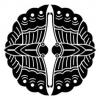
Dai Token Ichi 2022
kyushukairu replied to Keichodo's topic in Sword Shows, Events, Community News and Legislation Issues
Steve, DTI was good to me. I heard a lot of people complain about the prices (and it was suggested they were adjusted to accommodate the inflated American dollar). I mostly looked at fittings, and there were certainly less lower priced items than in 2019, but I managed to get a couple of bargains after a bit of bartering. -
Whilst bamboo is a decent call for the mimi, another possibility is a 16 petal chrysanthemum. Also, whilst this tsuba is certainly Shoami, it’s more likely to paper to Kyo-Shoami (oval seppadai and oval hitsu-ana are a kantei point). Another possibility is Ko-Shoami - the hollowed seppadai and small indent for the kogai (on the righthand hitsuana) suggest this has some age to it, though there should also be abundant tekkotsu for a Ko-Shoami attribution. As for the ‘Heianjo sukashi’, Akasaka could be a possibility, based on the lamentation lines. Early Akasaka are often sanmai (three layer) construction. It’s difficult to tell if that is the case from the photo though.
-

Show us your nice gendai tsuba (and fittings and koshirae...)
kyushukairu replied to Toryu2020's topic in Tosogu
Following the discussion of Naruki Issei, there is currently one of his tsuba listed on yahoo: https://page.auctions.yahoo.co.jp/jp/auction/t1064296472 -
Glen, That tsuba is certainly not Tenpo work, though simply displays the same theme - Taoist talisman (which each represent a mountain). It’s signed ‘Munetaka’ (宗孝作),and although the sekigane is in the same style as the Tanaka school, I looked up the smith and it seems there seems to be no such association.
-
The stamps are Taoist talisman of the ‘true form of the five peaks’ (五岳真形図). According to legend, Taishang Daojun (a Taoist god) created five great mountains, and from which a mystical map of the world was created. Each of the five symbols represent one of those mountains, and Taoists believed that they will be greeted and protected by the spirits of the mountains when they travel with these talisman. I have a very similar tsuba which is signed ‘Sanada Tenpo’ (真田天法) [signed Tenpo tsuba are very uncommon] and measures 92x85mm



